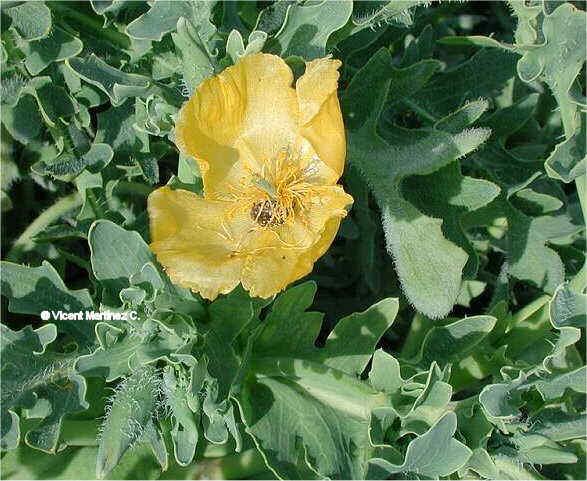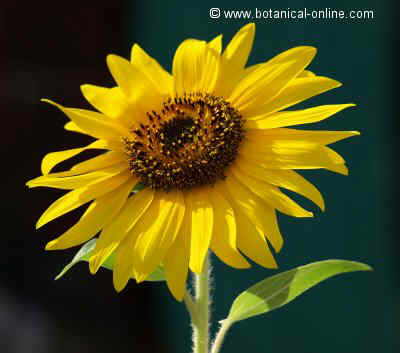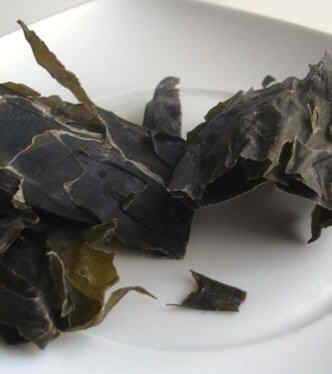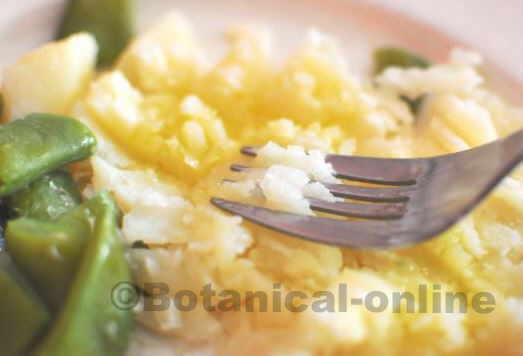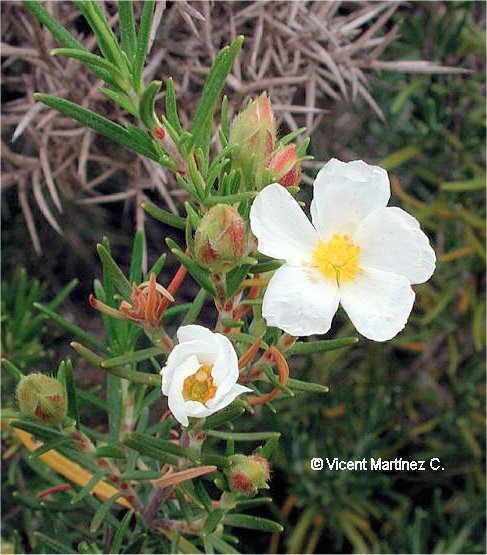Contents
How do plant feel?
SIGHT, HEARING, TASTE, SMELL AND TOUCH IN PLANTS
Do plants have a sense of touch?
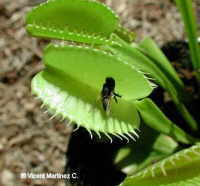
Fly trap (Dionne muscipula) is a clear example of the sense of touch in plants.
It is known that plants are very sensitive to heat or cold. If a plant suffers a continuous handling, it experiences a delay in growth. Therefore, in very windy areas, plants have difficulty growing.
However, where tactile sensitivity is most evident is in carnivorous plants like the Venus Fly trap. These plants feel their prey by touch with the help of large hairs on the two lobes of the trap.
Through the sense of touch, these carnivorous plants may react to the presence of insects and close their leaves to prevent them to escape.
Another example is the tenderness of the sensitive mimosa, with scientific name Mimosa pudica. When we touch one of these tropical plants, its leaves are closed automatically. It is believed that this is a defensive mechanism against herbivores.
Do plants smell?
Without fear of error, we can say that all plants have a sense of smell. Like animals, plants also have receptors that allow them to respond to volatile chemicals in the environment, but they do so differently.
The sense of smell in plants allows them to coordinate fruits ripening, to attract more animals to eat their fruits and disperse their seeds. It also allows them to coordinate the color change of the leaves in autumn.
Plants have a hormone called ethylene which helps them to coordinate with each other. This hormone perceive plants with the help of smell.
Why do plants smell?
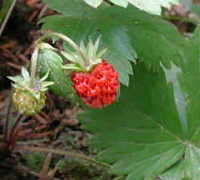
Plants are able to coordinate fruit ripening by means of sensing chemicals in the air. It is a kind of sense of smell.
However, the most important function of smell is communication with other plants. Plants that have been attacked by some herbivorous insects, such as those attacked by butterfly caterpillars, release pheromones to the air air.
These pheromones produced by plants that are attacked are captured by other healthy vegetables and warn them to prepare for an imminent attack.
The sense of taste in plants
Plants, like animals, have interconnected the senses of taste and smell. Plants have taste in roots. Thanks to the sense of taste, there is root to root communication between neighboring plants.
When plants feel a drought, plants that are a little further away, but they are connected by the roots, prepare to drought by closing their stomata.
Furthermore, plants attacked by herbivorous animals emit a volatile substance called methyl jasmonate to notify it to their neighbors. Although this substance is a gas, when it crosses the leaf stomata, becomes a water-soluble acid. This allows it to be attached to a taste receptor and trigger a defensive response on the leaf.
Do plants hear?
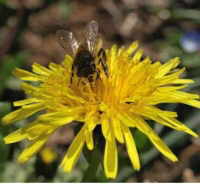
According to some studies, plants are able to hear. For example, through the vibrations produced by the insects that settle on them.
There have been many studies on plants and music without reaching conclusive results, but what it is known for sure is that plants can feel the vibration of an insect or even smaller living beings, as nematode worms for example.
Plants can also detect the sound produced by other plants. It has been found that certain plants produce ultrasonic vibrations. These warn other plants to prepare for a dry season, for example.
The sense of sight in plants
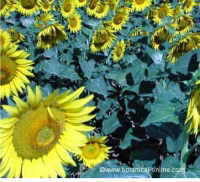
Plants can “see” through receptors called phototropins and phytochrome. Using this plant sense, sunflowers, for example, are directed towards the sun
Plants sense the direction of light and can tell if it is stronger or it has become weaker. Plants have light receivers, called phototropins that detect blue light. This allows them to go into the light, by the activation of a cascade of signals that modulate the activity of the hormone auxin.
Plants also have red light receptors called phytochromes. These photoreceptors of plants are totally different of photoreceptors in animals that are located in the eye, so to see plants can not form images like animals.
Another function of the sense of sight in plants is to regulate their internal clock, that is to say, their circadian rhythms. Thus, Plants are able to regulate many physiological processes such as photosynthesis or leaf movements.
![]() More information on plant senses.
More information on plant senses.

